Top 10 Meeting Management Software for 2024

Efficient meeting management is crucial for productivity and collaboration. With the right tools, teams can streamline communication, schedule meetings effortlessly, and ensure that every meeting is productive.
Here are the top 10 meeting management software options for 2024, designed to meet diverse business needs.
Top 10 Meeting Management Software
1. Fellow
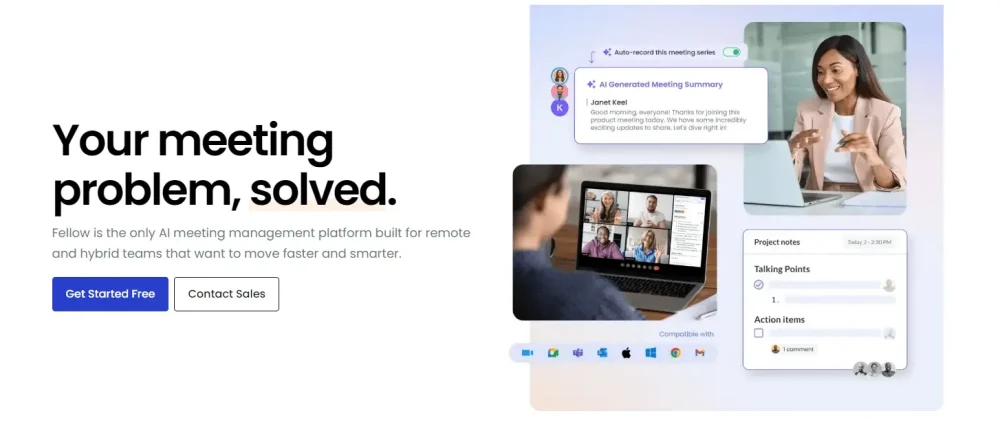
Fellow is a dedicated meeting management tool designed to help teams have productive and organized meetings. It provides a range of features aimed at enhancing meeting preparation, note-taking, and follow-up actions. With Fellow, you can easily create and share meeting agendas, take collaborative meeting notes, and assign action items to ensure accountability.
Key Features:
Fellow is particularly beneficial for teams that want to ensure every meeting has a clear purpose and results in actionable outcomes. Its focus on structure and follow-up makes it an excellent choice for improving meeting efficiency and effectiveness.
Bonus: If you want to keep accurate records of meetings without any hassle, take advantage of AI transcription technology and use a meeting transcription tool.
2. Microsoft Teams
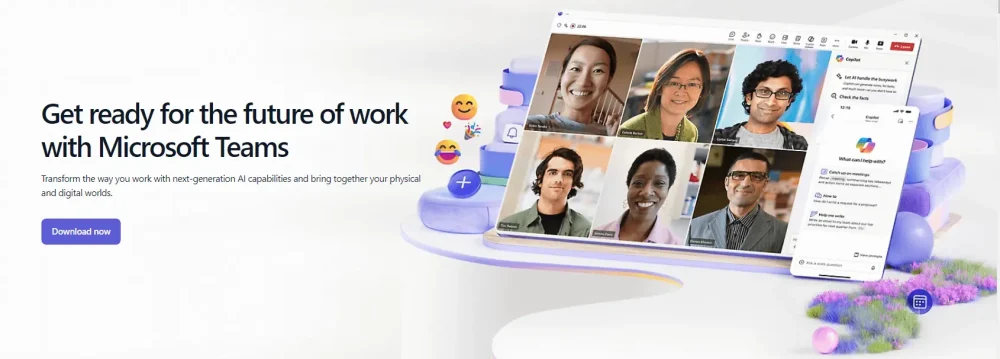
Microsoft Teams is a powerhouse in the world of meeting management. Integrating seamlessly with Microsoft 365, it offers chat, video conferencing, and collaboration tools in one platform. Features like meeting recording, real-time collaboration on documents, and integration with other Microsoft apps make it a favorite for many organizations.
Key Features:
3. Calendly

Calendly is a scheduling tool designed to simplify the process of booking meetings. It allows users to set their availability preferences and share a link for others to book meetings during those times. This eliminates the back-and-forth emails typically involved in scheduling. Calendly integrates seamlessly with various calendar apps, ensuring that your schedule is always up-to-date.
Key Features:
Calendly is ideal for individuals and teams who want to streamline the scheduling process, reduce administrative tasks, and ensure that meetings are booked efficiently and without conflicts.
4. Zoom
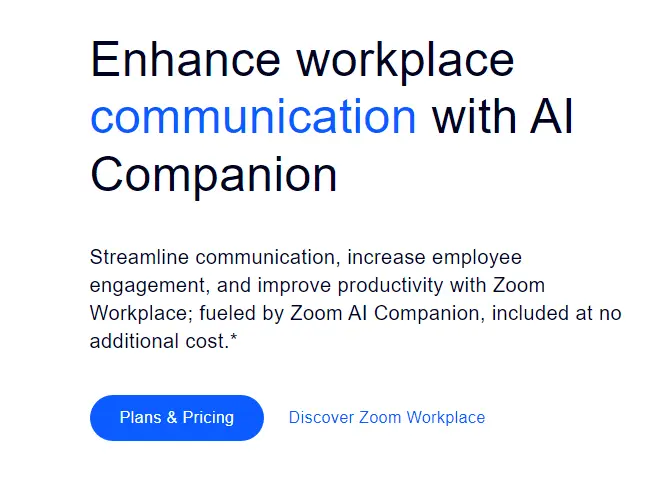
Zoom has become synonymous with virtual meetings. Known for its reliability and high-quality video, Zoom is ideal for businesses of all sizes. It offers features like breakout rooms, webinar hosting, and robust security options.
Key Features:
5. Cisco Webex
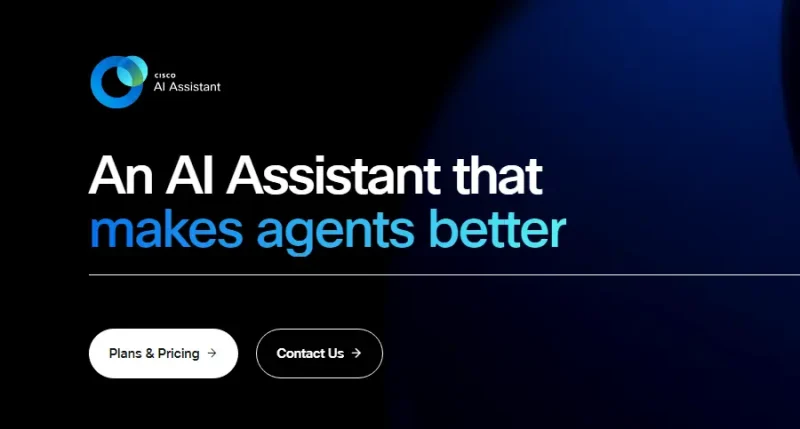
Cisco Webex is a veteran in the meeting management space, known for its robust security and feature-rich platform. It’s suitable for large enterprises requiring advanced meeting functionalities and integration with other business tools.
Key Features:
6. Slack
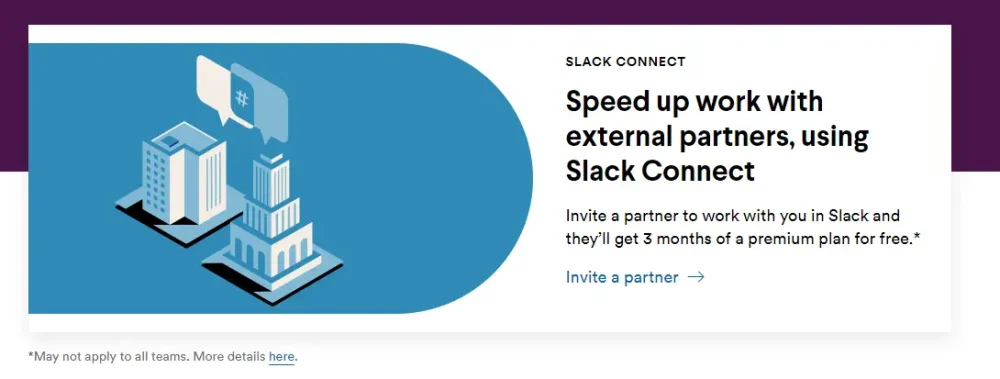
While primarily a messaging app, Slack offers robust meeting management features through its integrations with various video conferencing tools. Its ability to create channels and threads makes it excellent for team collaboration and meeting organization.
Key Features:
7. GoToMeeting

GoToMeeting is a reliable and straightforward meeting management tool, perfect for businesses that need a no-fuss solution for virtual meetings. It offers high-quality video and audio, screen sharing, and meeting recording.
Key Features:
8. BigBlueButton
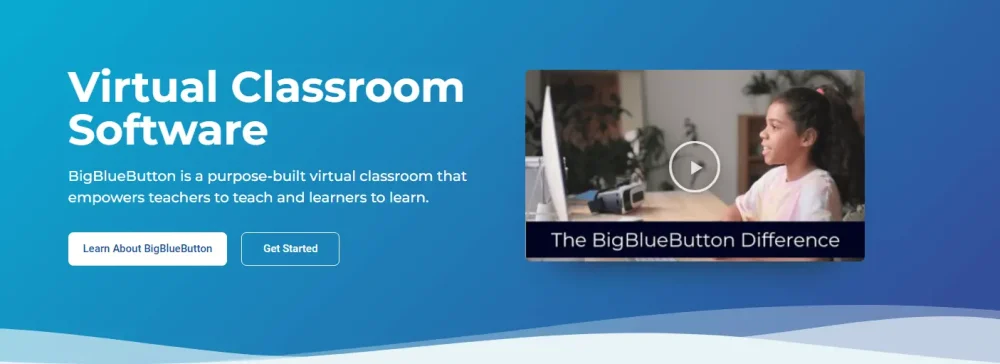
BigBlueButton is an open-source web conferencing system designed primarily for online learning, but it offers robust features that make it a solid choice for meeting management as well. It supports real-time sharing of audio, video, slides, and screens, along with a range of tools for engaging participants.
Key Features:
BigBlueButton is especially useful for educational institutions and organizations that need a comprehensive and interactive solution for virtual meetings and online classes. Its focus on engagement and interaction makes it a powerful tool for collaborative online environments.
9. ClickMeeting

ClickMeeting is designed for webinars and online meetings, offering a range of features tailored for engaging presentations and interactive sessions. It's ideal for businesses focusing on virtual events and training sessions.
Key Features:
10. Whereby

Whereby is a user-friendly meeting management tool that requires no downloads. It’s perfect for small to medium-sized businesses looking for a simple yet effective solution for video meetings.
Key Features:
Honorable Mentions of the Top Meeting Management Software in 2024

Here are 3 additional great options that are competitors for the best meeting management software out there.
Meetings by Zoho

Zoho Meetings offers a comprehensive solution for virtual meetings and webinars. With its robust integration with other Zoho apps, it provides a seamless experience for businesses already using the Zoho ecosystem.
Key Features:
Otter.ai
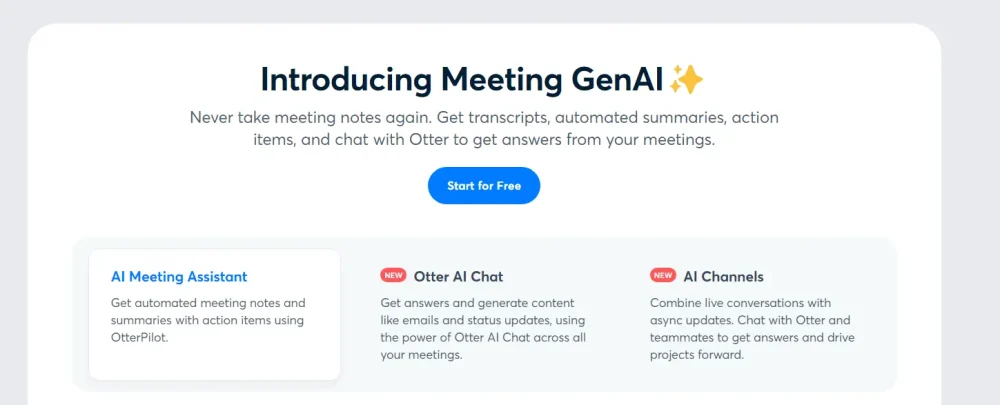
Otter.ai is a powerful transcription tool that enhances meeting productivity by providing real-time transcription and meeting notes. It captures and transcribes conversations accurately, allowing users to focus on the discussion without worrying about taking notes. Otter.ai also supports collaboration by enabling users to highlight key points and share transcripts with team members.
Key Features:
Otter.ai is particularly useful for teams that want to ensure all meeting details are captured and easily accessible for future reference, enhancing communication and accountability.
Slido
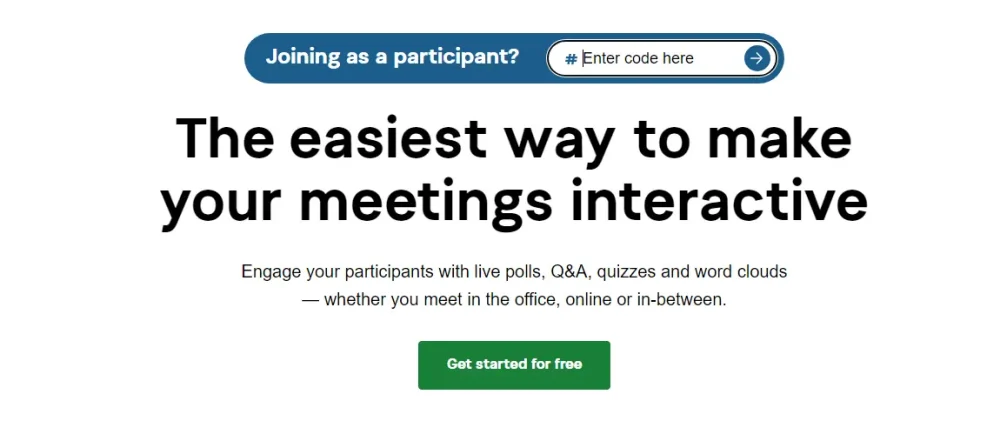
Slido is an interactive Q&A and polling platform designed to enhance engagement during meetings and events. It allows participants to ask questions, vote on the most relevant ones, and participate in live polls. Slido integrates seamlessly with popular presentation and video conferencing tools, making it easy to incorporate into any meeting setup.
Key Features:
Slido is ideal for organizations looking to boost engagement and interaction during meetings, ensuring that all participants have a voice and that sessions are dynamic and inclusive.
Benefits of Meeting Management Software

Meeting management software can be a game-changer for organizations looking to streamline their meetings and boost productivity. Here's how it helps:
From Chaos to Clarity: Imagine a world where scheduling meetings wasn't a logistical nightmare. Meeting management software eliminates the back-and-forth emails and calendar juggling. It automates scheduling, integrates with existing calendars, and even suggests optimal times based on everyone's availability. This newfound clarity frees up valuable time for more strategic work.
Preparation Makes Perfect: Effective meetings hinge on everyone coming prepared. Meeting management software facilitates this by providing a central platform to share documents, collaborate on agendas, and ensure everyone's on the same page beforehand. No more scrambling to find that crucial report or wasting meeting time getting up to speed.
Focus on What Matters: Ever leave a meeting feeling like you accomplished nothing? Meeting management software helps keep everyone focused by offering features like AI transcription, digital note-taking and action item assignment. Important details are captured electronically, eliminating confusion and ensuring clear next steps.
Boosting Accountability: Gone are the days of vague promises made during a meeting. Meeting management software allows you to assign tasks directly within the platform, fostering a sense of ownership and ensuring everyone is held accountable for their contributions.
Communication Gets a Boost: Traditional meetings can be dominated by a few voices. Meeting management software promotes active participation with features like polls and chat functionalities. This fosters a more inclusive environment and leads to richer discussions.
Cost Savings Through Efficiency: Let's face it, poorly managed meetings cost companies money. Meeting management software helps reduce these costs by streamlining the process and minimizing wasted time. It allows for more focused discussions, leading to faster decision-making and improved business outcomes.
Overall, meeting management software isn't just about scheduling; it's about transforming your meetings from time-consuming obligations into strategic sessions that drive results.
Summary

Summary
In 2024, efficient meeting management is critical for enhancing productivity and collaboration within businesses. Various tools are available to help streamline the process, each offering unique features to cater to different needs. This post covers the top 10 meeting management software, highlighting their key features and benefits:
Additionally, Fellow helps with creating and sharing meeting agendas, collaborative note-taking, and tracking action items, while Calendly simplifies scheduling by allowing users to share their availability and book meetings efficiently. Otter.ai provides real-time transcription and collaborative meeting notes, and Slido enhances engagement with live Q&A sessions and polls.
These tools collectively address various aspects of meeting management, from scheduling and preparation to real-time interaction and follow-up, ensuring that businesses can conduct productive and organized meetings.
What is a meeting management software?
What is meeting software?
How do you manage a meeting?
Define a clear purpose and agenda: Outline the meeting's objectives and desired outcome beforehand.
Invite the right people: Ensure only those crucial to the discussion are present.
Schedule effectively: Find a time that works for everyone and use scheduling tools if available.
Prepare participants: Share agendas, documents, and talking points in advance.
Facilitate a focused discussion: Keep the conversation on track and ensure everyone gets a chance to contribute.
Capture notes and action items: Document key decisions and assign clear ownership for next steps.
Follow Up: Send meeting summaries and track progress on action items.
Which platform is best for online meetings?
Zoom: Renowned for high-quality video conferencing and user-friendly interface.
Google Meet: Integrates seamlessly with Google Workspace and offers a free basic plan.
Microsoft Teams: Well-suited for organizations already invested in the Microsoft ecosystem.
Cisco Webex: Robust platform for large-scale meetings and webinars.
What are the 5 P's of meeting management?
Purpose: Define the meeting's objective and desired outcome.
People: Invite the right attendees and ensure clear roles for each participant.
Preparation: Share agendas and relevant materials beforehand.
Process: Facilitate a focused discussion, manage time effectively, and encourage active participation.
Performance: Track progress on action items and evaluate the meeting's effectiveness.
